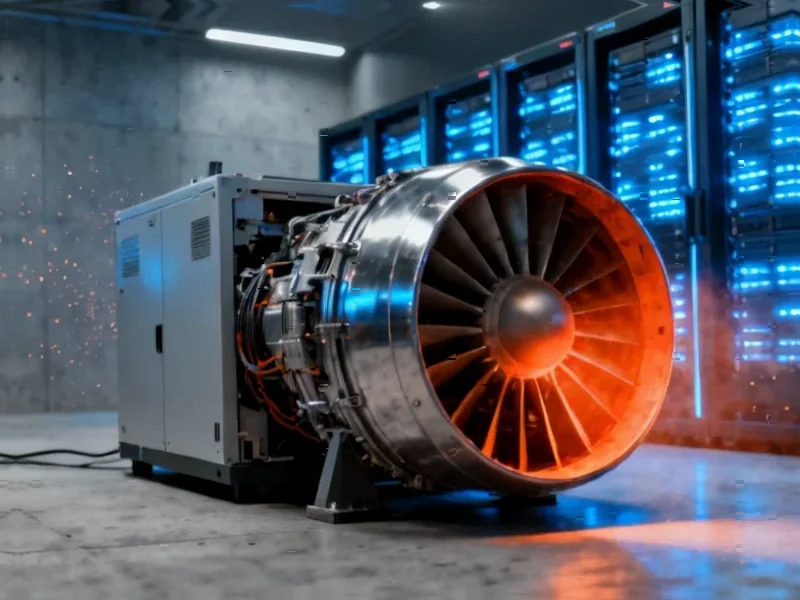According to Forbes, industrial AI represents a massive growth opportunity, projected to increase from $4.35 billion in 2024 to $174 billion by 2034 – a fortyfold expansion. The International Energy Agency warns that AI-driven data center electricity use could double by 2030, consuming as much power as mid-sized nations, while a 2025 UK government report projects global data center water use will soar from 1.1 to 6.6 billion cubic meters by 2027. Companies like Optimise AI are already delivering 40% energy savings for clients through semantic digital twins, while predictive maintenance systems now achieve up to 90% accuracy and cut decision latency by 60%. This shift from generating words to managing watts represents the next frontier in AI deployment.
The ROI-Driven Business Model
The fundamental business appeal of industrial AI lies in its rapid return on investment and measurable operational improvements. Unlike consumer-facing AI applications that often struggle to demonstrate clear financial returns, industrial AI delivers quantifiable savings in energy consumption, maintenance costs, and operational efficiency. Companies like Optimise AI can demonstrate ROI in months rather than years by automating energy-intensive processes and optimizing resource allocation. This creates a compelling value proposition for industrial operators facing margin pressure and regulatory requirements simultaneously.
Solving the Demographic Time Bomb
Industrial AI addresses a critical business challenge that extends beyond cost savings: the impending retirement of experienced operators and engineers. With half of plant operators nearing retirement in mature economies, companies face both knowledge loss and recruitment difficulties. Industrial AI systems serve as institutional knowledge repositories, capturing decades of operational expertise and making it accessible to newer workers. This transforms the automation narrative from job replacement to operational continuity, ensuring that critical infrastructure remains functional despite workforce transitions. The technology effectively bridges the experience gap that traditional training programs cannot quickly address.
The Climate Resilience Premium
As climate volatility increases operational risks, industrial AI creates value through enhanced resilience and adaptive capacity. Companies are increasingly recognizing that climate-related disruptions pose significant financial threats to infrastructure and business continuity, as highlighted in research from Oxford’s Environmental Change Institute. Industrial AI systems that can predict overheating risks, rebalance electrical loads during stress events, and adapt operations to extreme weather conditions represent a form of climate insurance. This resilience premium becomes increasingly valuable as companies face both physical climate risks and transition risks from evolving regulations.
The Security Imperative
The business adoption of industrial AI hinges on robust cybersecurity frameworks that protect critical infrastructure. Companies like Optimise AI operate under certifications like Cyber Essentials Plus and implement multi-layered security protocols because industrial systems represent high-value targets for cyber attacks. The integration of AI into operational technology creates new attack surfaces that require sophisticated governance. As Arthur D. Little’s Smart & Secure report indicates, security and reliability become core components of operational resilience when AI drives critical decision-making. This security overhead represents both a cost of adoption and a competitive differentiator for industrial AI providers.
Beyond ESG to Operational Excellence
Smart companies are reframing industrial AI investments from sustainability initiatives to operational excellence programs. While environmental benefits provide regulatory and reputational advantages, the core business case rests on improved reliability, reduced downtime, and optimized resource utilization. This strategic positioning makes industrial AI palatable even in markets where ESG has become polarized. Companies can achieve sustainability targets while focusing internal messaging on operational improvements and cost reduction, creating alignment across different stakeholder priorities.
Market Consolidation Ahead
The industrial AI market’s projected growth from $4.35 billion to $174 billion suggests significant consolidation opportunities. Larger industrial software providers like Aveva are well-positioned to acquire specialized AI startups that have developed proven solutions for specific operational challenges. The market will likely segment between platform providers offering comprehensive digital twin ecosystems and specialized solution providers focusing on particular industries or use cases. This creates both acquisition targets for established players and niche opportunities for focused innovators.





I don’t think the title of your article matches the content lol. Just kidding, mainly because I had some doubts after reading the article.